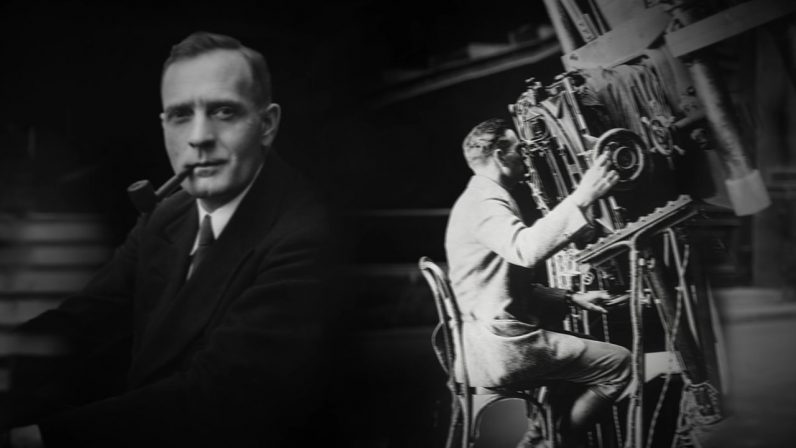
Until just a century ago, our galaxy was thought to be the lone family of stars occupying the Cosmos. Philosophers, notably Immanuel Kant in the 18th Century, postulated the existence of other families of stars beyond our own. Unfortunately, their postulations — although correct — were not based in empirical data, and so could not be proven. This began to change during the 1920s and 30s, as astronomer Edwin Hubble set his sights on other galaxies, using the 2.5-meter (100-inch) telescope recently constructed on Mount Wilson in southern California. For the first time, Hubble was able to clearly see individual stars within M31 — the Andromeda…
This story continues at The Next Web

No comments:
Post a Comment